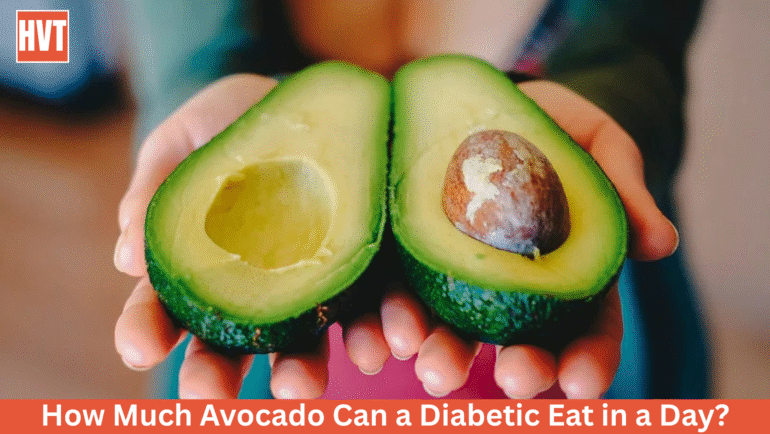
GRAPES (Red & Green): From Resveratrol to Wellness — Why They’re Being Called a Superfood
Grapes are among the most popular fruits worldwide, loved for their sweet, juicy taste and versatility.
Whether eaten fresh, dried into raisins, or fermented into wine, grapes have played a major role in diets and cultures for thousands of years.
Beyond their delicious flavor, red and green grapes are packed with vitamins, antioxidants, and plant compounds that support long-term health.
Let’s explore their nutrition, benefits, and the best ways to enjoy them.
What are Grapes?
Grapes are small, round-shaped fruits that grow in clusters on the vining plant Vitis vinifera[1]. They come in many varieties, but the two most common are red (or purple) grapes and green (or white) grapes.
Both types are naturally sweet, hydrating, and full of beneficial compounds like polyphenols.
Red grapes are especially rich in resveratrol, a compound found in your skin, and is also linked to heart and brain health.
Green grapes, while slightly less antioxidant-rich, are lower in tannins and often taste lighter and crisper.

What Do Grapes Taste Like?
The taste of grapes depends on their color and variety:
- Red Grapes: Sweet, slightly tart, with a richer, fuller flavor.
- Green Grapes: Crisp, refreshing, and mildly sweet, often less intense than red grapes.
Both are juicy, making them a refreshing snack in warm weather.
Fun fact: In Spain, it’s tradition to eat 12 grapes at midnight on New Year’s Eve for good luck.
Grapes Nutrition Facts
Here is the nutrition breakdown for 1 cup (151 g) of raw seedless grapes (USDA)[2]:
| Nutrient | Amount |
|---|---|
| Calories | 104 kcal |
| Carbohydrates | 27.3 g |
| Sugars | 23.4 g |
| Fiber | 1.4 g |
| Protein | 1.1 g |
| Fat | 0.2 g |
| Vitamin C | 27% DV |
| Vitamin K | 28% DV |
| Potassium | 288 mg |
| Manganese | 5% DV |
Explanation: Grapes are low in fat and sodium but rich in natural sugars and antioxidants. Vitamin K supports bone health and blood clotting, while potassium helps regulate blood pressure.
Health Benefits of Grapes
1. Supports Heart Health
Red grapes are rich in resveratrol and flavonoids. These are antioxidants that improve blood circulation, reduce cholesterol buildup, and lower the risk of heart disease (PubMed)[3].
2. Boosts Immunity
The vitamin C in grapes strengthens your body’s immunity and helps to fight infections.
3. Promotes Brain Health
Studies suggest that polyphenols, an antioxidant found in grapes, may improve memory, focus, and protect against neurodegenerative diseases (PubMed, 2021)[4].
4. Aids Digestion
The fiber in grapes supports gut health, prevents constipation, and encourages a healthy microbiome.
5. Hydration & Skin Benefits
Grapes are high in water and antioxidants, which help to keep the skin hydrated, thus reducing wrinkles and protecting the exposed body against sun damage.
6. May Lower Blood Pressure
Potassium-rich grapes help balance sodium levels and support healthy blood pressure.
How to Eat Grapes
- Eat them fresh for breakfast or an evening snack.
- Add to salads, yogurt, or smoothies.
- Freeze grapes for a healthy summer treat.
- Use them in fruit platters or desserts.
- Ferment them (red grapes → wine, green grapes → white wine).
- Dry them into raisins for a nutrient-dense snack.
How to Store Grapes to Keep Them Fresh
- Keep grapes unwashed in a perforated plastic bag in the refrigerator.
- Wash only before eating to avoid moisture-related spoilage.
- Grapes can last up to 1 week when refrigerated.
- For longer storage, freeze them in a single layer before transferring to airtight bags.

Possible Side Effects and Precautions
Side Effects
- High Sugar Content – As grapes contain natural sugars, they can raise blood sugar levels significantly in diabetics if eaten excessively.
- Digestive Issues – Overeating may cause gas, diarrhea, or bloating due to high fiber and sorbitol content.
- Allergic Reactions – It’s often rare, but grape allergies can cause itching or swelling. Get medical care instantly if found allergic.
- Pesticide Residue – Wash the freshly bought grapes, as they may still have pesticide residue from the farm.
Precautions
- Diabetics: Eat grapes in moderation, pair with breakfast protein or fiber to reduce sugar spikes.
- People on Blood Thinners: Grapes are high in vitamin K, which can interfere with medications like warfarin.
- Children: Grapes can be a choking hazard for infants or children. Always cut into halves or quarters.
- Kidney Disorders: Excess potassium from consuming large amounts of grapes may be risky.
Fruits Similar to Grapes
- Blueberries – Also rich in antioxidants.
- Cherries – Sweet, juicy, with similar phytonutrients.
- Cranberries – Tart, often used in juices like grapes.
- Currants – Small, clustered berries with a similar taste profile.
Common FAQs About Grapes
Q1: Are grapes good for weight loss?
Yes, grapes are low in calories and fat. However, they are high in natural sugars, so portion control is important.
Q2: Which are healthier, red or green grapes?
Red grapes generally contain more antioxidants like resveratrol, while green grapes are lighter and lower in tannins. Both are healthy.
Q3: Can diabetics eat grapes?
Yes, in moderation. Grapes have natural sugars but also fiber, which helps slow sugar absorption.
Q4: Are grapes good for skin health?
Yes, antioxidants like resveratrol and vitamin C in grapes help fight aging, protect skin from damage, and promote collagen formation.
Conclusion
Red and green grapes are more than just a sweet snack. They’re nutrient-packed fruits that benefit the heart, brain, immunity, and skin. Whether eaten fresh, frozen, dried, or fermented, grapes have a place in every healthy diet. Enjoy them in moderation to reap their short-term refreshing hydration and long-term disease-preventing benefits.








